Rubber Rail Covers: An Essential Safety Component
Rubber rail covers serve as a critical safety feature in various industrial and commercial environments. These protective layers are designed to fit over the edges of metal rails, providing a cushion that can prevent injuries and enhance grip. Suitable for a wide range of applications, from warehouse shelves to playground equipment, rubber rail covers are a versatile solution for edge protection.
Types and Applications of Rubber Rail Covers
The utility of rubber rail covers extends across multiple industries. In the manufacturing sector, they are applied to equipment edges to minimize the risk of cuts or scrapes. Within the transportation field, they are often used on vehicle grab rails, offering both comfort and safety. The adaptability of these covers allows them to be used on both curved and straight edges, making them a practical choice for various rail shapes.
Features and Materials
Rubber rail covers are crafted from durable materials such as EPDM, neoprene, or silicone. These materials are selected for their resilience and capacity to withstand extreme temperatures, UV exposure, and chemical interactions. The inherent flexibility of rubber rail covers ensures a snug fit on rails, while their non-conductive properties enhance safety in environments where electrical hazards are present.
Advantages of Using Rubber Rail Covers
Employing rubber rail covers in any setting can significantly reduce the likelihood of injury, thanks to their shock-absorbing qualities. Their installation on metal rails can also protect the rails from environmental damage, extending their lifespan. Additionally, the anti-slip texture of rubber rail covers improves grip, which is particularly beneficial in wet or oily conditions.
Selection Considerations
When choosing the appropriate rubber rail covers, it is important to consider the environment in which they will be used. Factors such as temperature range, potential exposure to chemicals, and the physical demands of the application should guide the selection process. It is also essential to ensure that the chosen covers meet the specific size and shape requirements of the rails they are intended to protect.
Integrating Rubber Rail Covers into Safety Protocols
Incorporating rubber rail covers into a facility's safety protocols can contribute to a safer working environment. They are an integral part of personal protective equipment (PPE) strategies, particularly in settings where machinery is operated or where there is a high volume of human traffic. By selecting the appropriate rubber rail covers, businesses can demonstrate a commitment to safety and employee well-being.


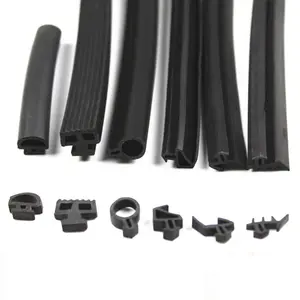



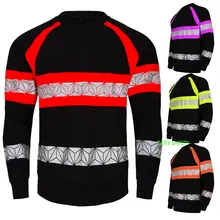
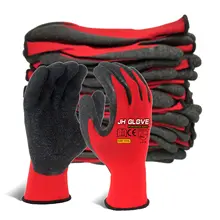
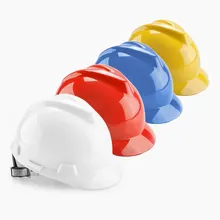
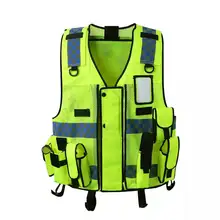
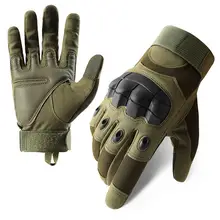



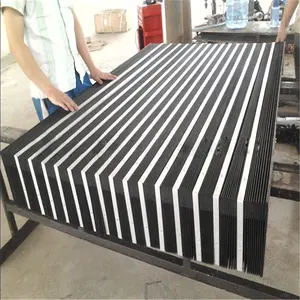
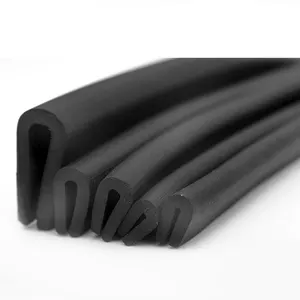

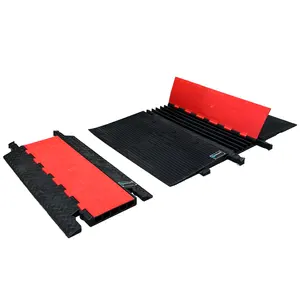
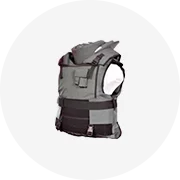
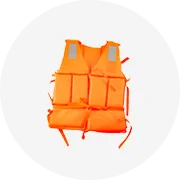
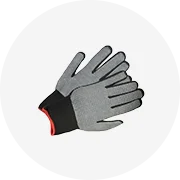
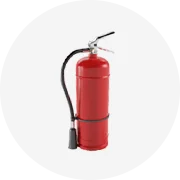
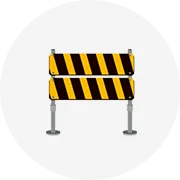








 浙公网安备 33010002000092号
浙公网安备 33010002000092号 浙B2-20120091-4
浙B2-20120091-4